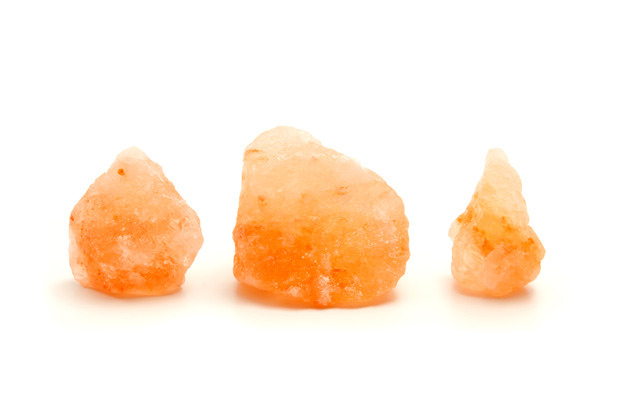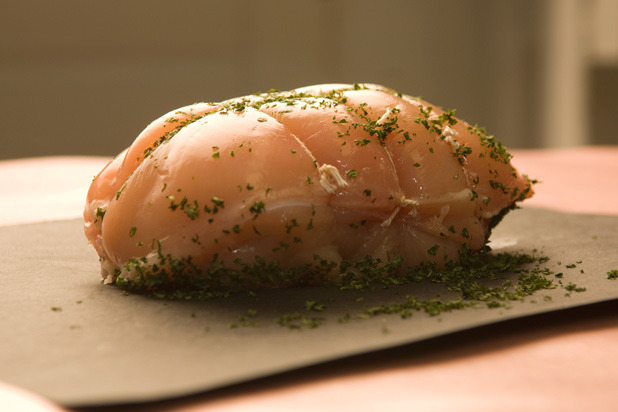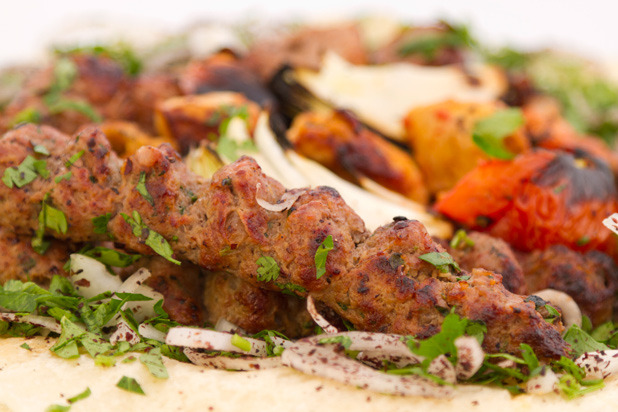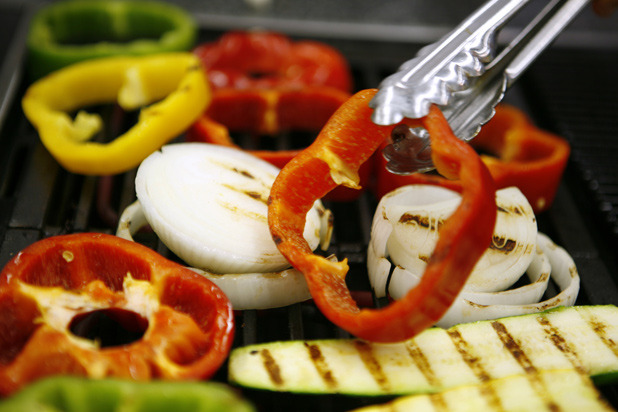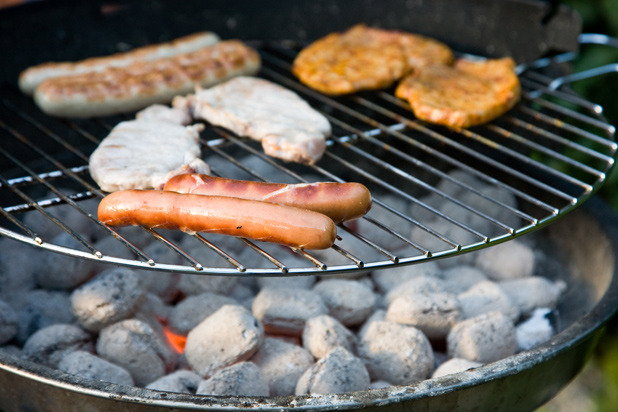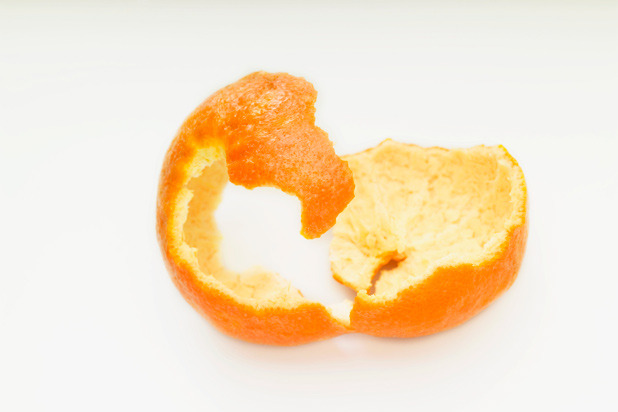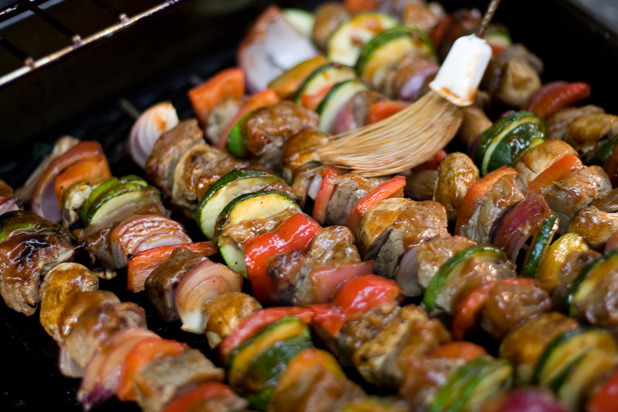Secrets For Better Grilling Slideshow
I put blocks of Himalayan salt on the cold side of the grill; it picks up the flavor and smoke while grilling. Or, you can add some wood chips post-grilling to add more smoke to the salt. Then, I keep a block of smoked salt to serve on, which gives off the flavor of the grill in whatever is served on the block — works great for salmon tartare.
2. Use Thicker Cuts of Meat
We love roasted and grilled meats because of the mallard reaction (browning of meat proteins). Often people buy individual steaks or chops that are cut way too thin and get poor char marks, and the meat is cooked before it is browned. By using a thicker cut, you can achieve the proper color, which equals better flavor, and then slice it for multiple people to share. Generally, buying a larger cut of meat is cheaper than individual portions. For example, a pork loin roast is nothing more than pork chops without the bone. You can buy a bone-in pork loin, cook the entire thing, and then cut the chops.
3. Herbs
If you have that huge bunch of herbs hanging around the kitchen and don't know what to do with them, throw them over the item you are grilling. I grow a lot of thyme at my house, and, as I grill, I'm constantly tossing the thyme on the item I'm grilling — it gives a great flavor to the meat. I just wipe off the herbs and allow them to burn up in the charcoal.
4. Wood
Everyone has heard of cedar planking salmon. I like to cook food on wood, but not just cedar: scallops roasted on walnut wood are incredible and maple is fantastic with pork and chicken. It's easy to do — light your grill and get it nice and hot. Pre-soak the wood in water for two hours, place the wood on the grill, and allow it to start to char. Then, flip it over and continue to char the wood. Place the food you're cooking on the wood and cook to desired temperature. You can continue flipping the wood to get it to catch on fire to achieve a smokier flavor, and you can even serve on the smoking/smoldering piece of wood for a dramatic effect — just put it on a plate or pan so you don't ruin your table with the hot wood.
5. Vegetables
I always grill little extras for other meals. Some of my favorites are red onions grilled and tossed in pesto. Use them the next day in eggs, as a garnish for a soup, or on a sandwich. Or, carrots grilled until the outside is black, then cut into bite-sized pieces and tossed with sherry vinegar, olive oil, and goat cheese is a staple for a side dish.
6. The Grill Is Just the Beginning
Think of the grill as a flavoring agent. Especially with charcoal grills —spending all that time and money burning charcoal for one meal just doesn't seem like enough for me. So while I'm eating the item I've just made, I'll throw a split chicken on the grill to par cook. That chicken is then put into a classic chicken good soup recipe instead of a raw chicken. The charcoal flavor just screams "summertime" when eating the soup the next day. This is also a great trick for salads and sandwiches.
7. Leftover Fruit Peels
I take the leftover fruit peels from oranges, lemons, limes, and grapefruits and char them in the oven before throwing them in with the charcoal on the grill. The resulting flavor is a lovely citrus-imbued taste to fish, chicken, and steak, and also allows us to use what would be kitchen trash — very eco-friendly!
Click here for the Citrus Charcoal Grilled Halibut recipe.
8. LUV
It is important to give a little "luv" to items you are grilling, i.e. baste the items to enhance flavor, increase tenderness, and ensure they doesn't dry out. I use BEEF LUV (think of it as seasoned beef butter) at David Burke's Primehouse, but you can use herb-infused extra-virgin olive oil, pork or back fat, or chicken or duck fat that has been rendered. A little goes a long way and really helps increase flavor.
